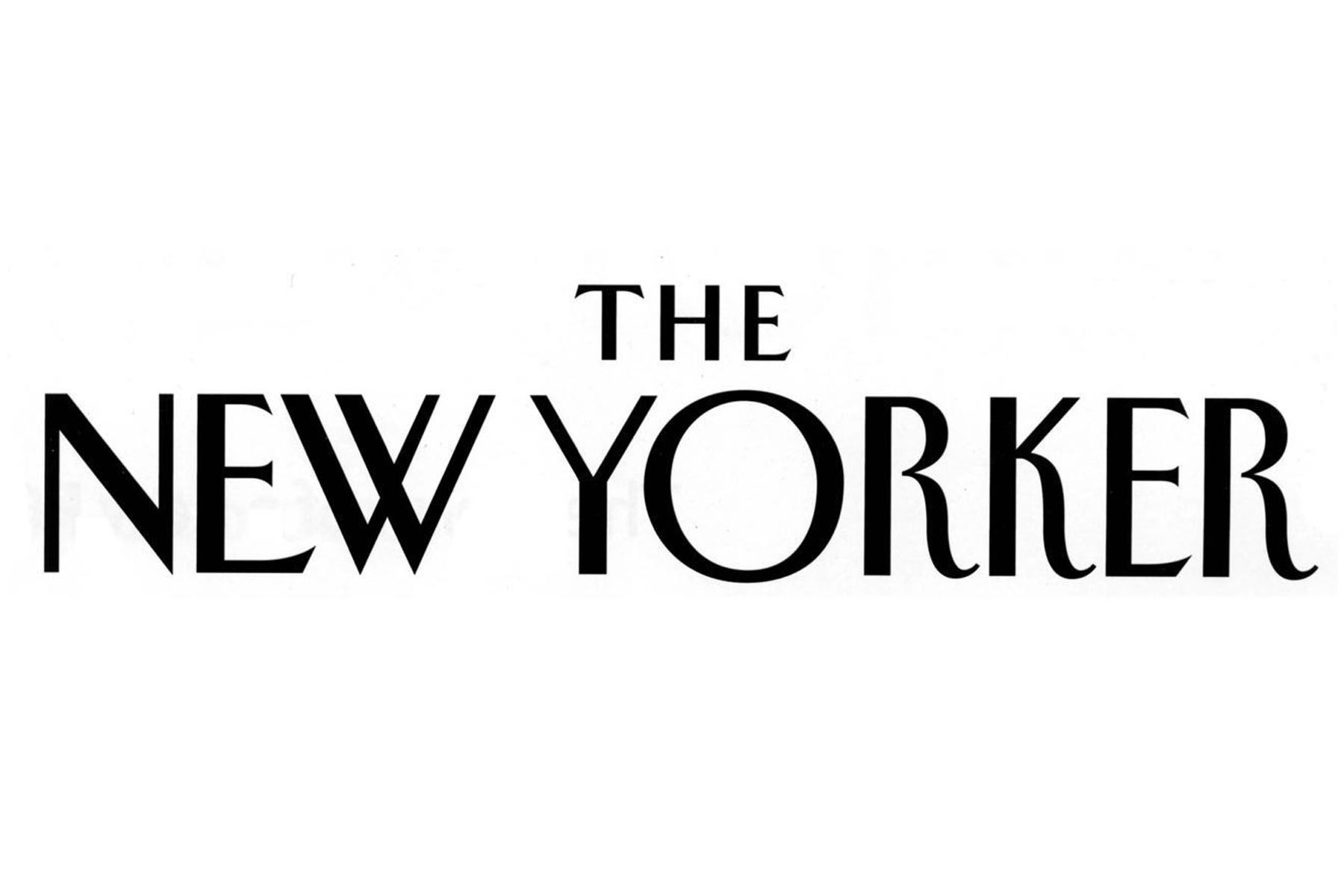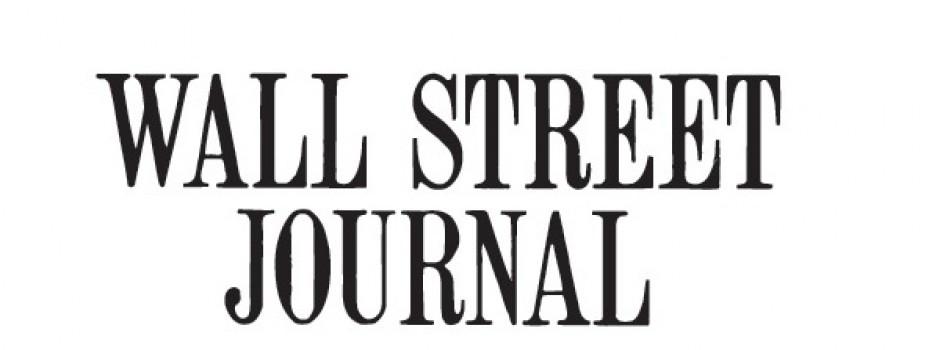Newsletter December 12, 2024
The Democratic Party’s Identity Crisis

In any presidential election, one candidate receives too much personal credit for their victory and the other far too much blame for their defeat. This year, Kamala Harris has largely been spared the recriminations that often follow losing candidates. Biden—whose late exit and dismal job approval rating certainly handicapped Harris—has faced considerable and largely deserved criticism. But whether the party nominated Harris, Biden, or another candidate through an open primary, the fact that the electorate has become much more hostile to the Democratic Party has curiously received far less attention.
For much of the last three decades, Americans had a net positive view of the Democratic Party. Beginning in about 2019, perceptions of the party began to deteriorate. By 2023, the Pew Research Center found that 60 percent of the public had an unfavorable impression of the Democratic Party. That’s a remarkable decline.
This change is also reflected in partisan affiliation. Until very recently, Americans were more inclined to identify as a Democrat than a Republican. In 2023, for the first time in recent decades, Gallup found that Republicans outnumbered Democrats.

An unpopular president creates problems for his or her party’s brand—and young voters are especially sensitive to swings in presidential approval. There was a spike in Democratic identity among young adults following Barack Obama’s election, and Republican identity suffered during George W. Bush’s second term. There is no doubt that Biden, whose approval rating has been consistently poor, damaged his party’s standing with young voters.
Liberal Liability
The rapid rise in negative views toward the Democrats has coincided with the growing perception that the Party has moved further left.
Republicans have long accused Democrats of being cultural elitists with coastal sensibilities. Democrats, in turn, have tried to convince Americans that Republicans are uncaring plutocrats. During the Bush years, I remember the epithet of “latte-sipping liberals” being thrown around to suggest Democratic preferences and lifestyles were out-of-touch with ordinary Americans (these were the days before Pumpkin-spice lattes became a universal cultural phenomenon.)
Despite the GOP’s efforts, there was no public consensus that the Democratic Party was liberal until the last decade. In 2014, about half (51 percent) of Americans said the Democratic Party was liberal or very liberal. That jumped to 66 percent in 2023. The percentage of Americans who said the Democrats are very liberal rose to 37 percent from 24 percent.

The perception that the Democrats have moved rapidly left is not a Fox News fantasy but is instead rooted in major changes in the party’s agenda and rhetoric. Evidence of the party’s leftward trajectory has been well documented. It’s also happened rapidly. The 2016 Democratic platform began with a reference to the Continental Congress. The 2024 platform began with a land acknowledgment.
Americans generally believe that both political parties are becoming more ideologically extreme, but Democrats pay a greater penalty for being viewed as liberal than Republicans do for being viewed as conservative.1 More than half (53 percent) of political independents who say the Democratic Party is “moderate” have a favorable view of the Party. Substantially fewer independents who say the Democrats are “liberal” or “very liberal” express a positive view (44 percent and 6 percent, respectively). In contrast, independents view the GOP roughly the same regardless of whether they believe the party is moderate or conservative.
The Worker Party No Longer
The Democratic Party has long been accused of focusing too intently on specific policy proposals without properly communicating the values that inform them. Read the following list of issues on the Democratic Party’s website: climate change, education, economy and jobs, gas prices, gun reform, health care, inflation, LGBTQ+ rights, prescription drugs, protecting and strengthening our democracy, reproductive rights, social security, Medicare and Medicaid, student loan debt, taxes, veterans, and voting rights. Is it possible to detect any larger vision or overarching principles? It’s basically a laundry list of issues that tries to appeal to everyone and so appeals to no one.
The GOP website has no issue list at all.
Beyond lacking a coherent set of principles, the Democratic Party has lost its identity as an advocate for economically disadvantaged Americans, which has defined its agenda since the New Deal. In 1990, nearly two-thirds of Americans said the Democratic Party represented the interests of poor Americans better than the Republican Party. That dropped to only 42 percent in 2024. Fewer Americans today believe the Democrats represent the interests of the middle class as well.
The same survey found that only about one in three Americans believe that the Democratic Party represents the interests of the “working class,” while roughly as many say the Republican Party does. And it’s college-educated Americans who most strongly believe the Democrats are fighting for the working class.

The American National Election Study shows much the same pattern over a longer time period. For most of the past 80 years, Americans who liked the Democratic Party said it was because they believed the party represented the working class. Now, those with positive views of the Democrats say it’s because they stand up for marginalized groups.
The steady erosion of union support is another sign of the Party’s working-class woes. Harris edged out Trump among voters who belong to union households by a narrow eight-point margin (53 percent vs. 45 percent). Nearly half of voters who belong to union households supported Trump—even though union members believe Harris’s policies are far preferable to Trump’s. Not only have union members been a potent political force in Democratic politics, but they were also central to the Party’s identity.
In the Liberal Patriot, Michael Baharaeen notes that in the last couple election cycles, Missouri voters approved an increase in the minimum wage, enshrined a right to abortion, legalized marijuana, approved an expansion of Medicaid, and rejected a “right to work” law that would have made it more difficult for workers to unionize. At the same time, these same voters maintain an overwhelmingly negative view of the Democratic Party. The crucial question for Democrats becomes: why do voters agree with them on the issues yet still dislike them?
So who does the Party represent? It depends on who you ask. The Party lists 16 different groups it claims to represent. It has become a constellation of group-based interests—an assortment of puzzle pieces that do not fit together easily and provide no clear picture when assembled.
Fighting for the Future?
As American society drifted leftward over the past few decades, the Democratic Party’s movement to the left on social policies could be seen as advancing a vision of the future. Even if the Democrats were a bit ahead of the public on cultural questions, such as marijuana legalization or same-sex marriage, they were generally more aligned with young voters on these issues. It was assumed that the rest of the electorate would catch up eventually. The issue of same-sex marriage, which rapidly gained public acceptance, was taken as evidence of this fact.
When it comes to gender, sexual identity, and race there is a growing sense that the country’s leftward cultural shift has stalled out. The Democratic advantage among young voters may have vanished with it. Young voters defected to Trump in large numbers in 2024 driven largely–but not exclusively–by young men. Joe Biden had a 25-point advantage with young voters in 2020, but his vice president defeated Trump among this group by only four points.
The 2024 election revealed a seismic shift in the political orientation of young men that was already well underway. Since Obama’s first term, Democratic identity among young men steadily deteriorated, dropping by double digits over the last decade. Trump’s election in 2016 saw a brief rise in Democratic identity, but only among young women. The youth gender gap remains massive. In 2023, young women were 18 points more likely than young men to identify as a Democrat or lean towards the Democratic Party. Roughly half (48 percent) of young men now identify with the Republican Party.

With young men and women set on different political trajectories, Democrats can no longer claim to represent the future. The political interests and priorities of young men and women have become uncoupled.
In the Trump era, the Democratic Party has consistently used Trump’s problematic personality traits as a rallying point. A new Pew poll shows that while Trump voters overwhelmingly say their vote was in support of their candidate, more than half of Harris voters were voting against Trump. But this is not an effective long-term strategy for the Party. The lesson for Democrats is that, at some point, voters need a reason to believe in you and to trust you. Being the less-hated alternative is simply not enough. With the public now equally sour on both political parties, the Democrats cannot even rely on that.
Read More on American Storylines








